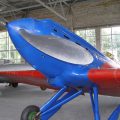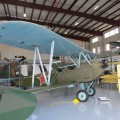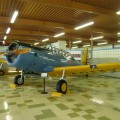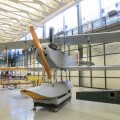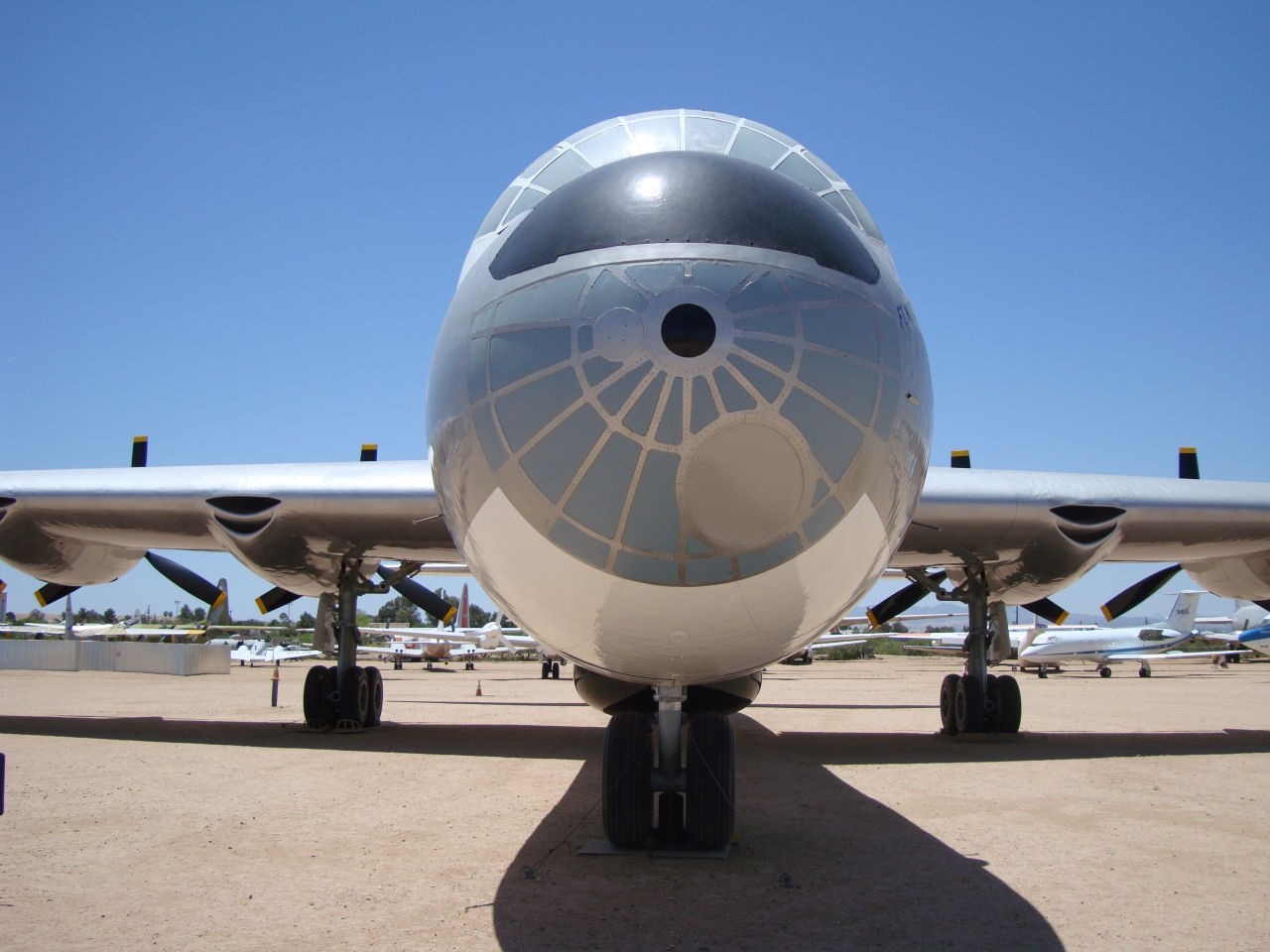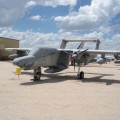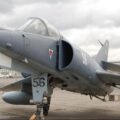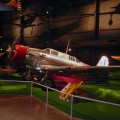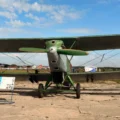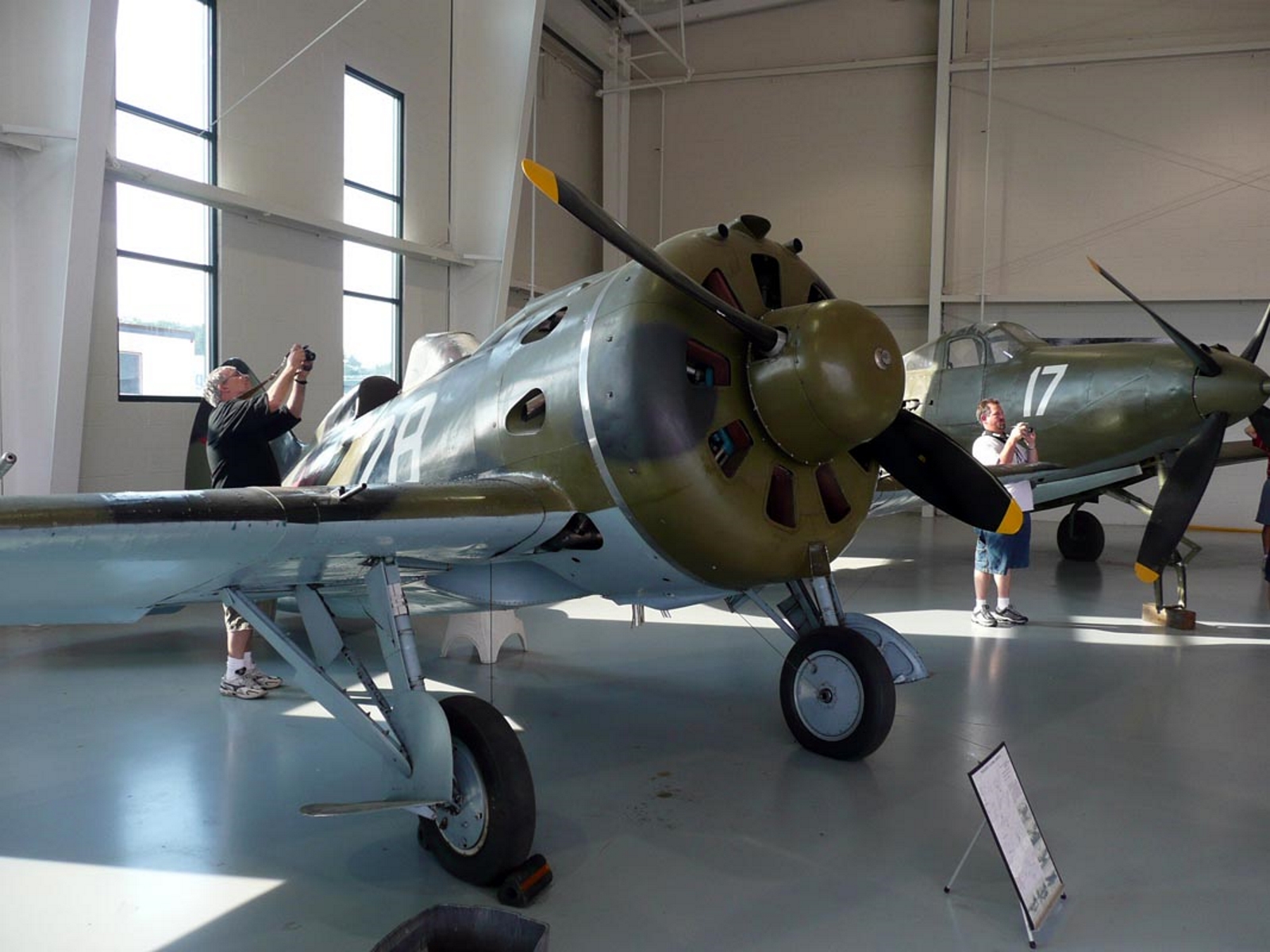
Polikarpov I-16 | |
|---|---|
| Country | Soviet Union |
| Type | Fighter aircraft |
| First flight | 30 December 1933 |
| Built | 8644 |
The Polikarpov I-16 was a Soviet fighter aircraft of revolutionary design, it was the world’s first low-wing cantilever monoplane fighter with retractable landing gear to attain operational status and as such “introduced a new vogue in fighter design.” The I-16 was introduced in the mid-1930s and formed the backbone of the Soviet Air Force at the beginning of World War II. The diminutive fighter, nicknamed “Ishak” or “Ishachok” (“Donkey” or “Burro”) by Soviet pilots, figured prominently in the Second Sino-Japanese War, the Battle of Khalkhin Gol and the Spanish Civil War – where it was called the Rata (“Rat”) by the Nationalists or Mosca (“Fly”) by the Republicans. The Finnish nickname was Siipiorava (“Flying Squirrel”).
Source: Polikarpov I-16 on Wikipedia
| Polikarpov I-16 | |
|---|---|
| Photographer | Unknow |
| Localisation | Unknow |
| Photos | 169 |
| Polikarpov I-16 Type 24 | |
|---|---|
| Photographer | Vladimir Yakubov |
| Localisation | Flying Heritage Collection |
| Photos | 57 |
See also:
| I-16 Walk Around | |
|---|---|
| Photographer | Vladimir Fadeichev |
| Localisation | Unknow |
| Photos | 72 |
The Polikarpov I-16 was a Soviet fighter aircraft of the 1930s and 1940s. It was one of the first monoplane fighters with retractable landing gear and a cantilever wing. It played a significant role in the air battles of the Spanish Civil War and the Second World War, where it was nicknamed “Rata” by the Spanish Nationalists and “Ishak” by the Soviets. The I-16 was designed by Nikolai Polikarpov and his team in 1933, as a response to the growing threat of German and Japanese air forces. The I-16 was a small, agile and fast aircraft, armed with two or four machine guns and capable of carrying bombs or rockets. It had a radial engine that gave it good performance at low and medium altitudes, but also made it vulnerable to enemy fire.
The I-16 was produced in large numbers, with over 10,000 units built by 1942. It was the main fighter of the Soviet Air Force until the arrival of more modern aircraft such as the Yakovlev Yak-1 and the Lavochkin La-5. The I-16 fought in many fronts, from China to Finland, and proved to be a formidable opponent for its enemies. However, it also suffered heavy losses due to its outdated design, lack of armor and poor visibility from the cockpit. The I-16 was gradually phased out of service by 1943, but some units remained in use until 1945. The I-16 was a revolutionary aircraft that influenced the development of fighter aviation in the world.
Views : 22265



